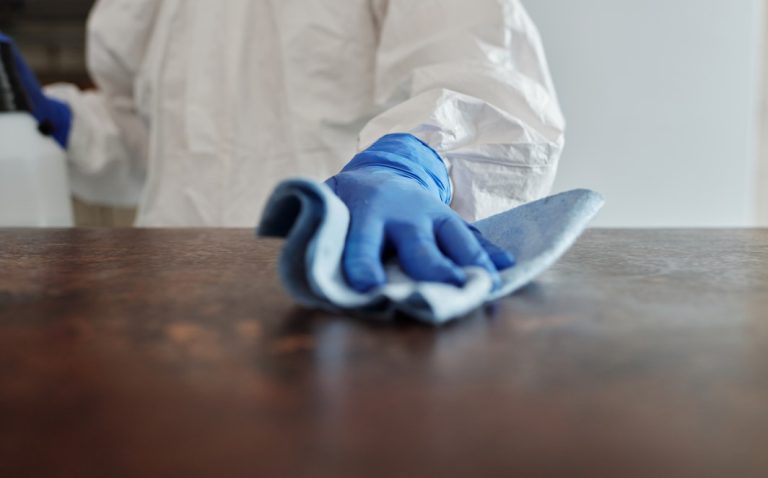There are many different ways that toxic contaminants can enter your home. They can come in through the air, water, soil, and even household products. So, the best way to protect yourself and your family is to reduce exposure to these contaminants. With that, here are some tips on how you can do this:
Install a whole-house filtration system
There are many potential sources of toxic contaminants in your home, from lead in the water supply to mold in the walls. These contaminants can pose serious health risks, especially for young children and babies. Installing a whole-house filtration system is an effective way to reduce your family’s exposure to these toxins.
A reverse osmosis system is another effective way to reduce your exposure to toxic contaminants in your home. This works by removing contaminants from water before it enters your home’s water supply.
This is a great option for homes serviced by a well water supply, as it can help to remove contaminants like lead and arsenic from the water. Reverse osmosis systems are also effective at reducing the levels of chlorine and other chemicals in the water.
Ventilate your home

Poor ventilation in the home can lead to a buildup of toxic contaminants that can pose a serious health risk. For example, formaldehyde is a common indoor pollutant that is released from furniture, carpets, and other household products.
Exposure to formaldehyde can irritate the eyes, nose, and throat, as well as headaches, nausea, and dizziness. Furthermore, long-term exposure has been linked to cancer.
Similarly, carbon monoxide is another toxic gas that can accumulate in homes with poor ventilation. Carbon monoxide poisoning can cause flu-like symptoms such as headache, fatigue, and dizziness.
In extreme cases, it can lead to loss of consciousness and even death. therefore, it is important to ventilate your home regularly to reduce your exposure to these harmful contaminants.
There are a few different ways to ventilate your home, and the most effective approach will depend on the climate and the size and layout of your house. In general, it is best to use a combination of natural ventilation and mechanical ventilation.
Natural ventilation relies on air movement created by pressure differences, while mechanical ventilation uses fans to move air through the house. There are a few things to keep in mind when ventilating your home.
First, ensure any exhaust fans are vented to the outside, not into the attic or crawlspace. Second, open doors and windows when possible to allow fresh air to circulate. Finally, be aware of how wind direction affects ventilation.
For example, if you live in an area with strong prevailing winds, you may want to open windows on the downwind side of the house more often than those on the upwind side.
Choose non-toxic household products
The average person spends the majority of their time indoors, making the quality of the air we breathe inside our homes and offices extremely important to our health.
The air in our homes can be five times more polluted than the air outdoors, according to the Environmental Protection Agency (EPA). Toxic contaminants like formaldehyde and benzene are common indoor pollutants that can have serious health effects, including cancer.
Fortunately, there are steps we can take to reduce our exposure to these harmful pollutants. One way is to choose non-toxic household products. Many cleaning products, paints, and other household items contain toxic chemicals that can off-gas into the air and contribute to indoor pollution.
By choosing products labeled “non-toxic” or “low-VOC,” you can help reduce toxins in your home. You can also improve the indoor air quality in your home by opening windows frequently to let fresh air in and using an air purifier to remove contaminants from the air.
Test your soil
Homeowners are responsible for the safety of their families, and that includes taking steps to reduce exposure to toxic contaminants. One way to do this is to test your soil for contaminants such as lead, mercury, and arsenic.
You can hire a professional to do this for you, or you can purchase a soil testing kit from your local hardware store. Once you have your results, you can take steps to mitigate any contamination that may be present.
For example, if you have lead in your soil, you can choose to grow plants that are known to absorb lead. Or, if you have mercury in your soil, you can take steps to reduce exposure by using personal protective equipment when working in affected areas.
By following these tips, you can help reduce your exposure to toxic contaminants in your home. Creating a healthy home environment is essential for your well-being, so take the time to make some changes that will make a difference.






